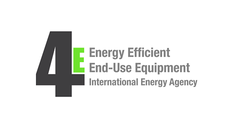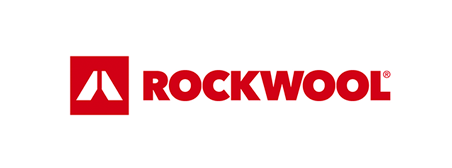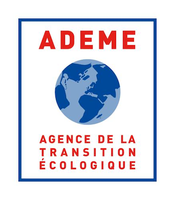Search eceee proceedings
Similarities and differences between energy efficiency and circularity approaches in industrial transition processes targeting manufacturing SME
Panel: 9. Deep decarbonisation of industry
This is a peer-reviewed paper.
Authors:
Carina Hermandi, Hochschule Ruhr West University of Applied Sciences, Germany
Julian Mast, Hochschule Ruhr West, Germany
Wolfgang Irrek, Hochschule Ruhr West University of Applied Sciences, Germany
Abstract
Several large basic industries and original equipment manufacturers (OEM) have started to develop strategies and measures for a Circular Economy (CE). However, the whole circular potential in the value chain of manufacturing industry can only be seized if small and medium enterprises (SME) are not neglected. SME often do not have a clear perspective when they are asked what they could contribute to and to which extent they could benefit from the transition towards a CE. They often need support in identifying and realising circular potentials.
Therefore, following an action research approach, the project ‘Prosperkolleg’ has analysed, developed, tested and evaluated concepts and tools supporting SME on their way to a CE. It particularly focuses on manufacturing SME in the state of North Rhine-Westphalia (NRW), Germany, and is carried out in close co-operation of Hochschule Ruhr West (University of Applied Sciences) with Efficiency Agency of NRW, two local economic development agencies (WiN Emscher-Lippe GmbH; City of Bottrop) and the association Prosperkolleg e. V.
The paper analyses, to which extent the development of supporting measures, concepts and tools targeting SME with regard to a CE can learn from the long-term experience in the field of energy efficiency in SME. On the one hand, there are several similarities regarding benefits and opportunities, barriers and obstacles, antecedents, drivers and facilitators, monitoring and evaluation as well as management. In both fields, understanding the situation of the SME, their market situation, motivations and challenges, and approaching them by personal communication is a key. Therefore, the design of strategies and approaches, concepts and tools, communication, co-operation and networking approaches can learn from relevant measures targeting energy efficiency in SME. On the other hand, while many energy efficiency activities in mostly less energy-intensive SME are cross-cutting measures that hardly touch the company's core value creation processes, a key difference is that several circular strategies directly affect the SME's core business by rethinking the business model, redesigning products and reorganising production, purchasing, logistic, distribution and service processes. For the implementation of these changes, contextual factors are much more important than for energy efficiency activities. Therefore, the focus of CE support activities should be to support the willingness and capability of the SME to implement changes in the core value creation processes of the firm and beyond in co-operation with other actors along the whole value chain.
Downloads
Download this presentation as pdf: 9-238-22_Hermandi_Irrek_pres.pdf
Download this paper as pdf: 9-238-22_Hermandi.pdf
Panels of
1. Dynamics of consumption: less is more?
2. Efficiency and beyond: innovative energy demand policies
3. Policy, finance and governance
4. Monitoring and evaluation for a wise, just and inclusive transition
5. Towards sustainable and resilient communities
6. Energy-efficient and low-carbon mobility for all
7. Policies and programmes for better buildings
8. Innovations in products, systems and building technologies



























